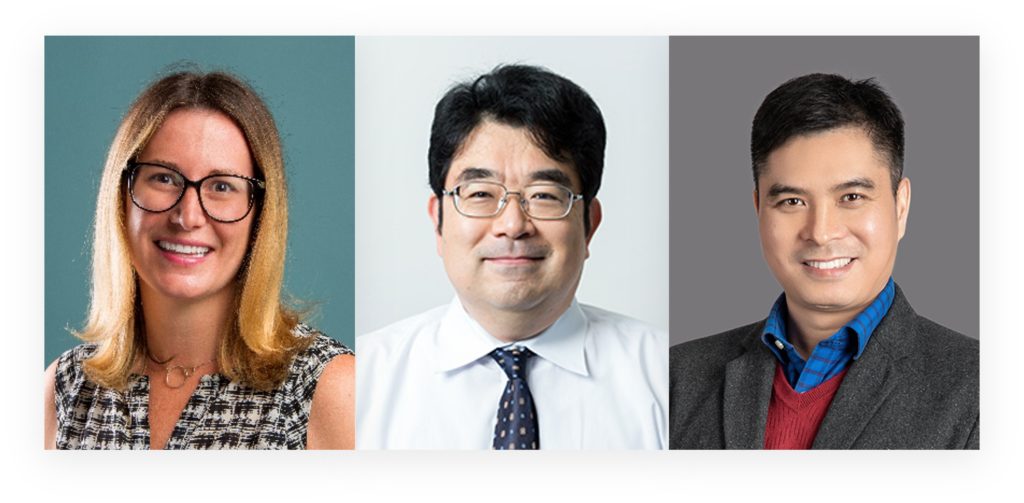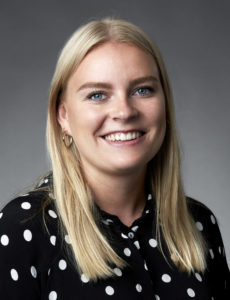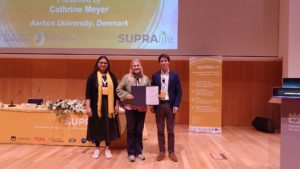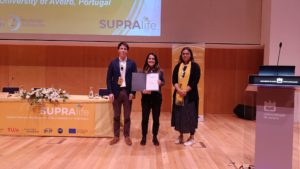Journal of Materials Chemistry A, Journal of Materials Chemistry C and Materials Horizons were delighted to sponsor the recent Women in Renewable Energy (WiRE) workshop at the SPIE Photonics Europe conference held in Strasbourg, France from 7 – 11 April 2024. The journals sponsored a wonderful networking event that allowed speakers and up-and-coming researchers and students to meet and share ideas in an informal setting.
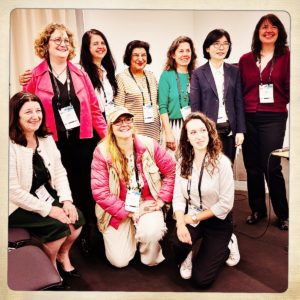 |
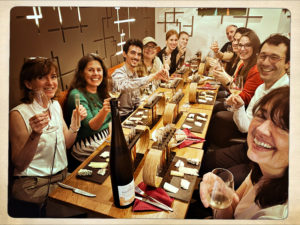 |
Journal of Materials Chemistry A and Materials Horizons also sponsored two prizes for emerging researchers at the conference. These prizes were awarded by Journal of Materials Chemistry C and Materials Advances Editor-in-Chief Natalie Stingelin. Congratulations to Olivier Bardagot and Fabiola Faini for being awarded the prizes!

Promoting women in science is a crucial and necessary step to reach the UN sustainability goals. Regardless of your gender and academic position, you can contribute to accelerating this positive change. This idea of “everyone can and should be involved” is dear to Prof. Olivier Bardagot, a young researcher of the CNRS-University of Strasbourg (France) working in the polymer department of the ICPEES institute led by Prof. Nicolas Leclerc. Physicist by training (Phelma and Imperial College London), Olivier opened himself to organic synthesis and polymer design thanks to the mentorship of Prof. Renaud Demadrille during his PhD (CEA Grenoble, France). With this rare background, he thrived under the supervision of Prof. Natalie Banerji by developing organic electrochemical transistors during a 3-year post-doctoral stay at the University of Bern (Switzerland). Established as a permanent PI since a year, Olivier is now developing a diverse research group where the potential of scientists can flourish in a widely interdisciplinary environment supported by the Strasbourg Organic Electronic Consortium (STELORG). His group is currently focusing on controlling the nanoscale and microscale organization of semiconducting polymers to optimize their chemical and electrochemical doping for thermoelectric and bioelectronic applications. If you have common research interests, do not hesitate to contact him at: olivier.bardagot@cnrs.fr. Olivier was awarded a prize for his exceptional contribution to the WiRE workshop, sponsored by Materials Horizons. |

Fabiola Faini is a Ph.D. fellow in Giulia Grancini’s group at the University of Pavia, Italy. She obtained her master’s degree in Physics of Matter in 2021, working on the optical properties of low-dimensional perovskite thin films. Her research interest spans from fundamental photophysical investigation of charge carriers dynamics in low-dimensional perovskite thin films to their rational application in operating perovskite solar cells. With her talk titled “Tilting the crystal growth of 2D Perovskites: a tool for breaking wide band gap perovskite solar cell efficiency”, she has been awarded a prize by Journal of Materials Chemistry A during the SPIE conference. |
 |
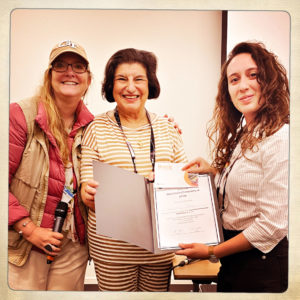 |












